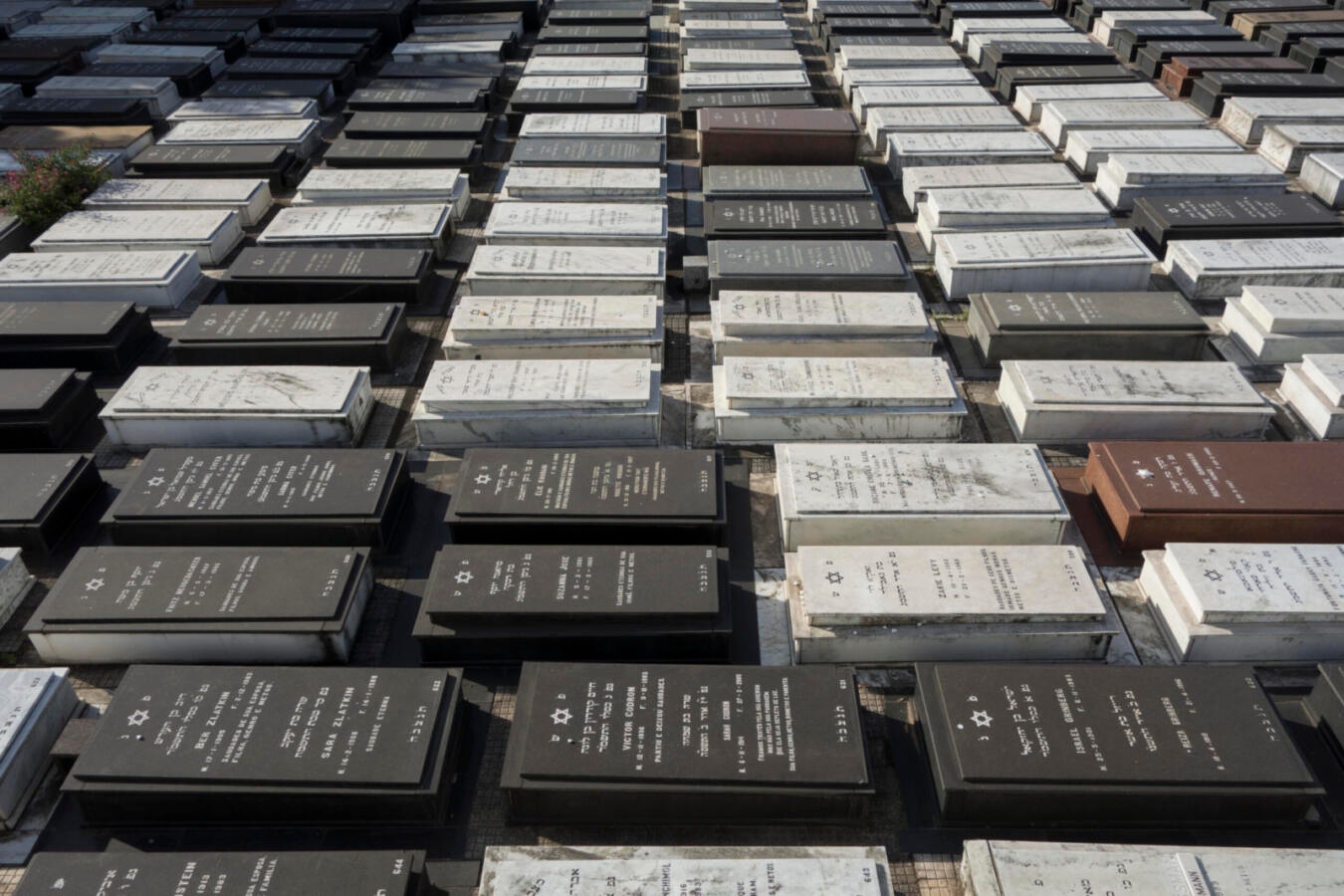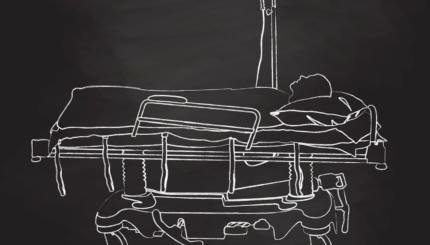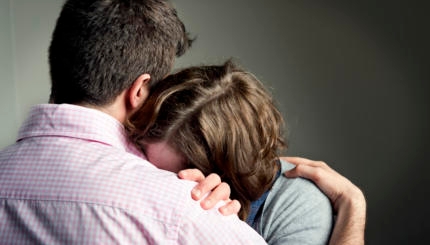Judaism does not shy away from close encounters with death, but frames them ritually. Much attention is paid to treating the dead (and even a dead body) with respect (k’vod ha-met) and to comforting mourners (nichum aveilim).
History and Development
Many practices surrounding death that continue to this day–such as tearing one’s clothes, burial, and mourning the deceased–find their origins in the biblical text. There is both a remarkable consistency and fascinating differences in Jewish burial and mourning practices around the world.
Dying
Long before death, one may write an “ethical” will, recording values and guidance for one’s descendants. Individuals who may be dying are encouraged to recite the traditional deathbed viddui,or confession of sins.
Before the Funeral
Until the burial, a person who hears of the death of a first-degree relative (a parent, spouse, sibling, or child) is an onen (literally “someone in between”). Traditionally, the enigmatic yet powerful phrase “baruch dayan ha-emet” (“blessed is the judge of Truth”) is uttered upon hearing the news, and a garment is torn. The body is prepared for burial with great care by the hevra kaddisha (the sacred burial society), including ritual purification (tahora), and dressing the body in shrouds (tachrichim).

Help us keep Jewish knowledge accessible to millions of people around the world.
Your donation to My Jewish Learning fuels endless journeys of Jewish discovery. With your help, My Jewish Learning can continue to provide nonstop opportunities for learning, connection and growth.
Funeral and Burial
Mourners are greeted by those attending the funeral, and tearing (kriah) of a garment or ribbon is repeated. The funeral has a small number of fixed liturgical elements, including the short prayer El Maleh Rachamim (“God full of compassion”), and usually includes psalms and a hesped, or eulogy. The service may take place in a funeral home, in a synagogue, or at the graveside. The burial is framed by other liturgical elements, including the recitation of a special version of the Kaddish prayer, often thought of as the “mourner’s prayer.” Mourners and others participate in covering the casket with dirt. Mourners leave the graveside first, and others say to them the traditional words, “May God comfort you among all the mourners of Zion and Jerusalem.”
The Mourning Period
The Mourning period is successively less intense; many Jews and non-Jews view the Jewish process of mourning as psychologically wise. Its traditional elements are: shiva, seven days during which mourners are visited at home by family and community, and participate in prayer services held at home; sheloshim, the first 30 days of mourning, during which mourners return to their normal routine but refrain from many customary pleasurable activities; and, for those who have lost a parent, 11 months of aveilut (mourning), during which is recited daily.
A tombstone may be erected or uncovered at any time; an “unveiling” is often done a year after the death. The anniversary of death, or yahrzeit, is observed each year, and the deceased is remembered four times annually during Yizkor services.
In Practice
Jewish funerals often take place almost immediately after a death. Outside of Israel, it is not customary to send flowers, but charitable donations are a common and meaningful practice. A person paying a “shiva call” on a bereaved individual or family can easily learn the basic customs of this unusual yet comforting visit.
Issues
Suicide is forbidden in Jewish law; an individual who takes his or her own life is usually presumed to have been suffering from mental illness. Traditionally, cremation is forbidden because of the sanctity of the human body; similarly, autopsies are, with some exceptions, traditionally not permitted. Organ donation is permitted in order to save another individual’s life. Law and custom mandate special cemeteries for Jews, but many contemporary Jewish cemeteries will arrange to bury non-Jewish spouses. Many converts to Judaism follow traditional mourning practices (including saying Kaddish) for their non-Jewish family members. And while Jewish tradition frowns on things which can be construed as mutilation of one’s body, like tattoos and body piercing, none of these things represent a barrier to burial in even the most traditionally-run cemetery.
Sign up for a Journey Through Grief & Mourning: Whether you have lost a loved one recently or just want to learn the basics of Jewish mourning rituals, this 8-part email series will guide you through everything you need to know and help you feel supported and comforted at a difficult time.
Looking for a way to say Mourner’s Kaddish in a minyan? My Jewish Learning’s daily online minyan gives mourners and others an opportunity to say Kaddish in community and learn from leading rabbis.



